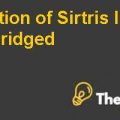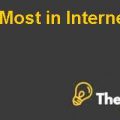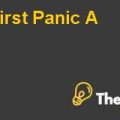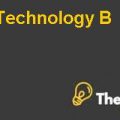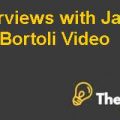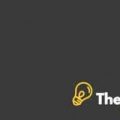Adrian I Vinson Case Study Solution
Brief History
The Harvard Center for Neurode generation and Repair was established in the year of 2000, started by an anonymous donor of $37.5 million. The purpose of this facility was to find new cures and treatment for many of the incurable dementia diseases such as Alzheimer, Parkinson, Huntington and others. Adrian I vinson had been appointed as the director of Harvard Center for Neurode generation and Repair where he brought many changes to the culture and transformed it into a better research center.
Key Issues
The major issues regarding the working environment of the Neurode generation and Repair were that there had been no collaboration between the researchers as they preferred working individually. The HCNR also lacked in delegation as Adrian I vinson did not had the formal authority on the center and because of this, it was not a well-defined central organization. There was also an issue of financial resources as the organization had been facing fundraising problems due to lack of activities.
Key Decision Maker
Adrian I vinson who had been recently appointed as the head of the HCNR was given the task for improving the center’s performance by solving the problem of weak culture, teamwork and fundraising. Adrian I vision was the key decision maker of the case.
Alternative
There were several courses of action which could have been taken to improve the collaboration, culture and fundraising issue. The first alternative which Ivinson could have chosenwas providing intrinsic rewards to the researchers for improving their efficiency and collaboration. Another alternative would be to change the organizational culture for promoting teamwork. Lastly, the Center could have allocated its few financial resources on the marketing department for conducting fundraising activity.
Recommendation
The best course of strategy which the company could take is providing intrinsic rewards to the researchers for improving the collaboration. HBS could give Adrian Ivinson the formal authority in which he could complement the researchers on their work and also promote teamwork. HCNR could also allocate few of its financial resources to the marketing department in raising some funds from the public as donations.
Key Takeaways
The lessons which have been learned from the case is that leadership plays an important role when it comes to motivating the workers. People tend to work individually if there is no formal authority in the company whereas a leader would promote working in teams. It is essential for changing the culture when the company structure is weak.
Key Takeaways related to the professional lives:
The Key takeaways which had been identified after analyzing the case which would help in our professional lives or careers are:
- Organization with no authority or leader for making decision would result in employees being carefree.
- Poor culture or bad working environment would also result in the low performance of the company.
- Teamwork and collaboration is essential in the research and development department.............
This is just a sample partial work. Please place the order on the website to get your own originally done case solution.

